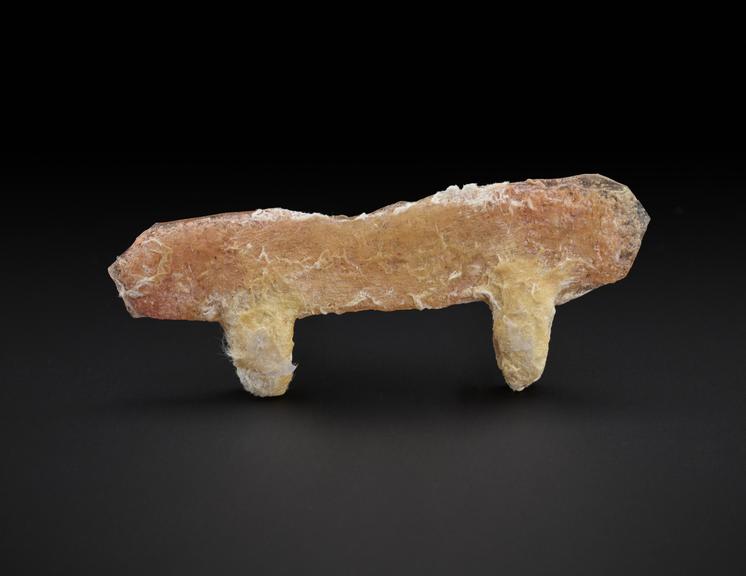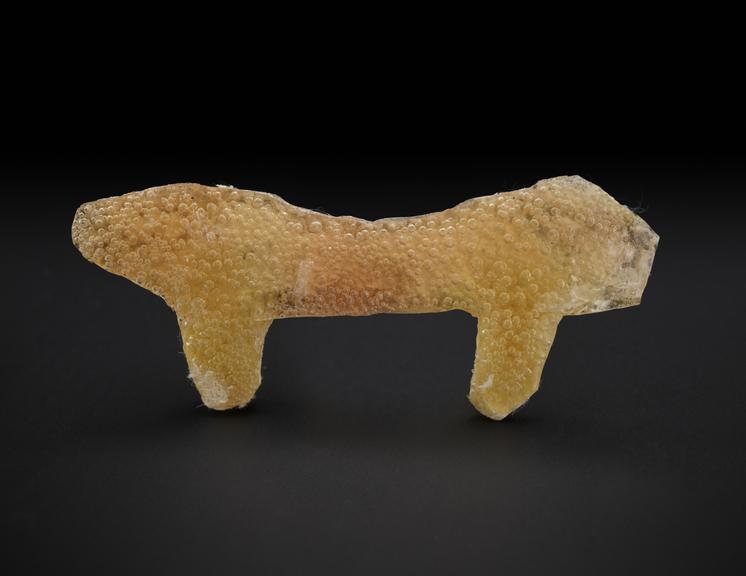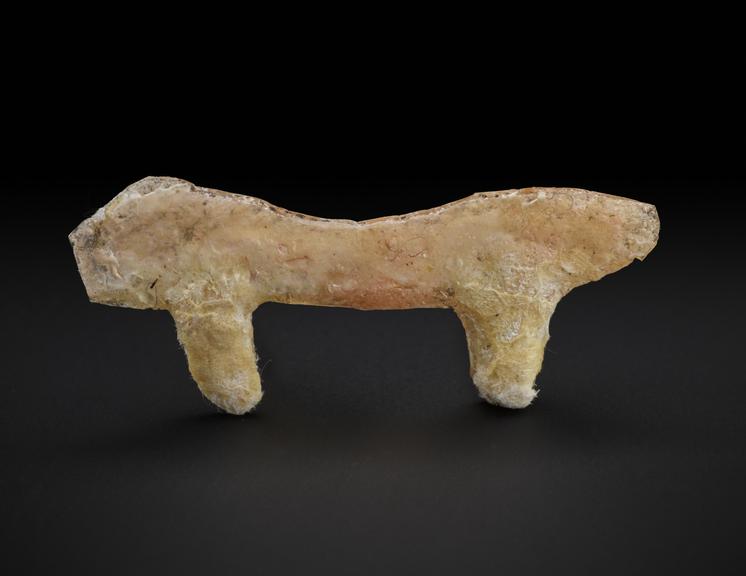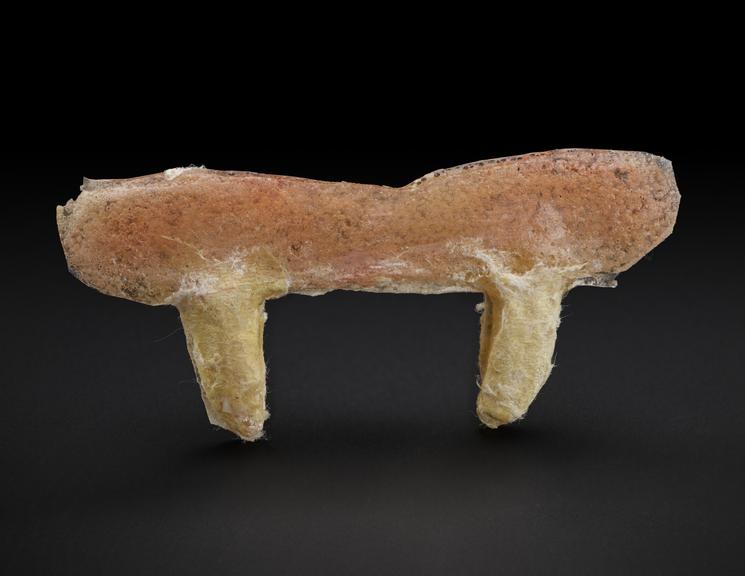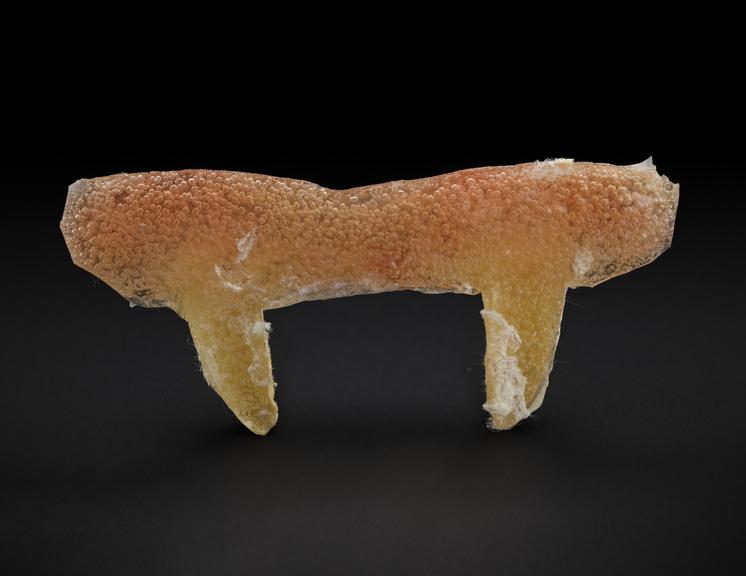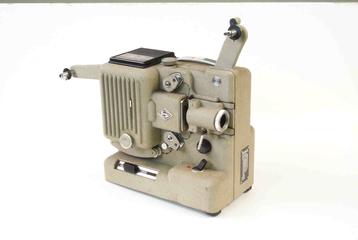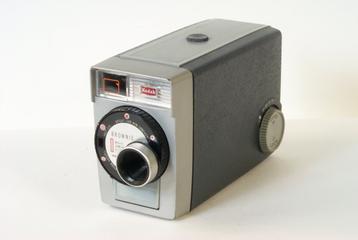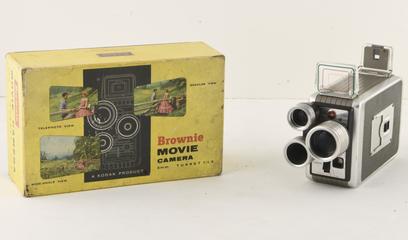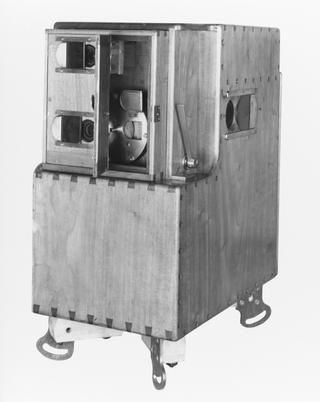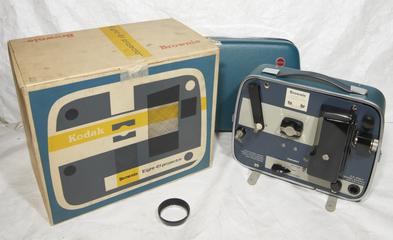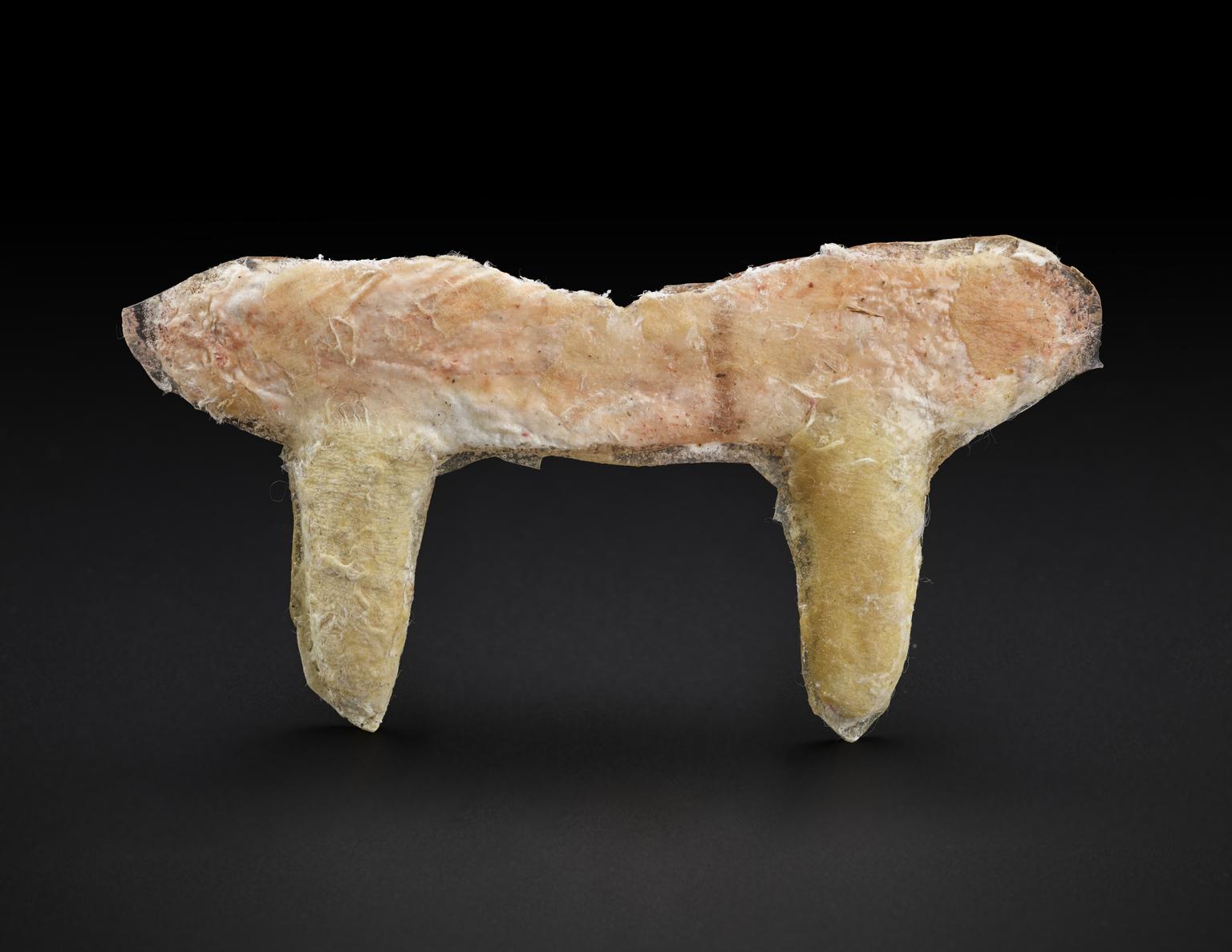
Vampire fangs from 'Dracula'
One of four pairs of latex vampire teeth used for long shots of vampire extras on the set of 'Dracula' (1958), created by Phil Leakey (1908-1992) in 1958.
More
Roy Ashton (1909–95) and Phil Leakey (1908–92) were master make-up artists who worked on many of the British cult horror films of the mid-20th century. A trained artist, Australia-born Ashton began his career at Gaumont-British Film Corporation in 1932 as a means of supplementing his passion for opera singing. In 1955, Ashton became the assistant to Hammer Films’ Phil Leakey, the first makeup artist to receive on-screen credit for ‘Special Make-up Effects’. Following Leakey’s departure from Hammer in 1958, Ashton took over as head makeup artist, where he continued his expert work throughout the 1960s.
These latex vampire teeth were used for long shots of vampire extras on the set of 'Dracula' (1958), created by Phil Leakey (1908-1992) in 1958. An impression of the actor's dental structure was taken to create these teeth. Any changes required were modelled in dental wax and a cast made, reproducing the modelled teeth in acrylic.
